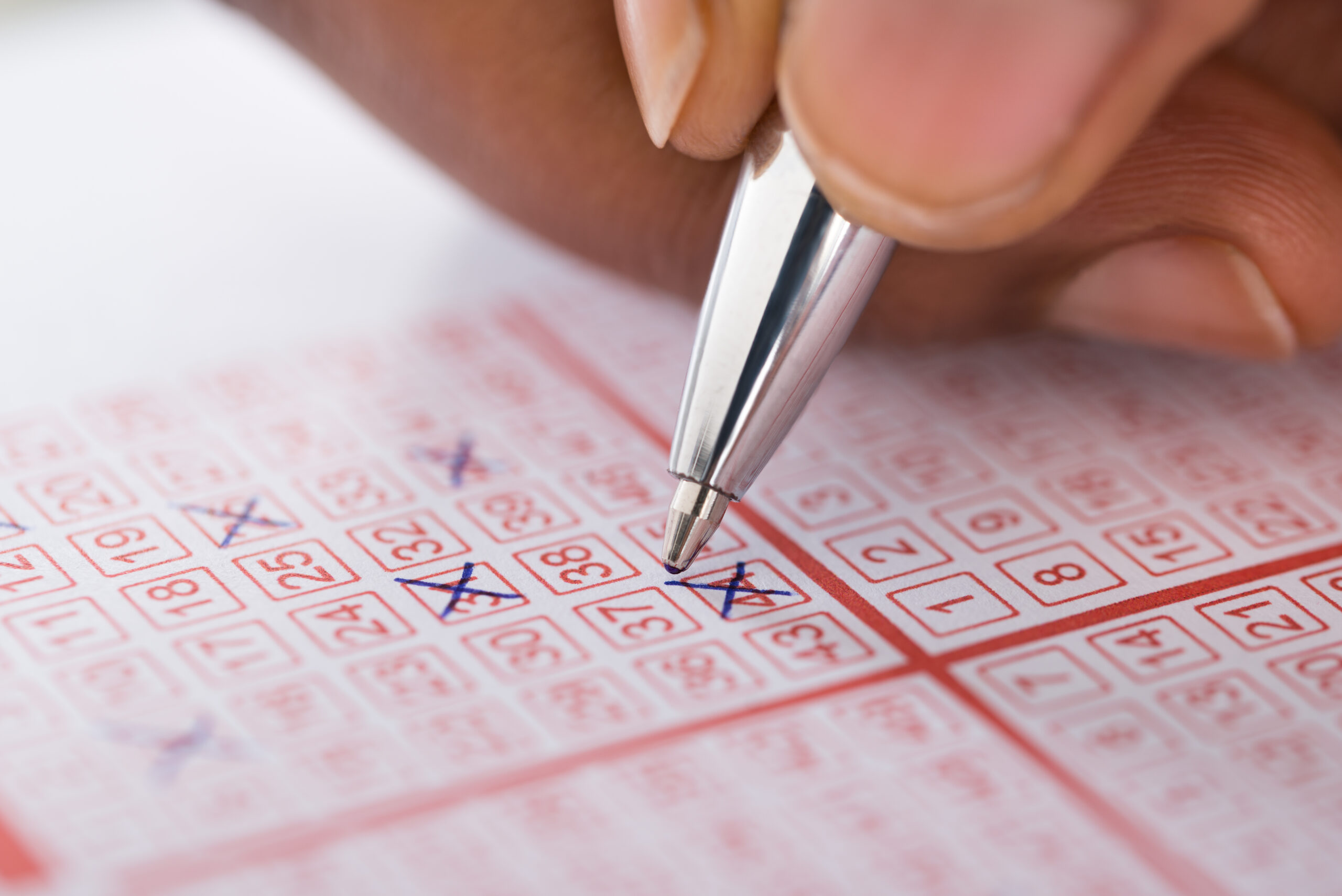Few games can match the history of keno, with its origins stretching back to China more than 2,000 years ago. It is said to have started during the Han Dynasty (205-187 BC) as a means to raise funds for wars and other state-run projects.
According to the keno history page on Britannica.com, the original Chinese name for this game was bai ge piao or pai-ko p’iao, which translates to white dove/pigeon ticket, as a reference to the tickets that were used in traditional betting games that involved pigeons.
Did you know that the original bai ge piao tickets didn’t use numbers? Instead, they featured the first eighty symbols from Qianziwen – the book of a thousand characters.
Keno – Coming to America
Bai ge piao, or pak-a-pu as it became known to westerners, was brought to America by Chinese immigrants in the mid-1800s. However, by the early 1900s, it had become popular with non-Chinese players.
At first, it was simply called the Chinese lottery. But to simplify the game for foreign players, the original symbols were replaced with the numbers 1 – 80, and the name keno was adopted.
When referring to the history of keno, there is plenty of debate as to where the name came from. Some believe keno comes from the French word ‘quine’, which translates to ‘five winning numbers’, whereas others contest it’s from the Latin word ‘quini’, meaning five each.
Regardless of the name’s origin, keno established itself as a popular gambling game in the US, particularly in Nevada.
Adaptations Throughout the History of Keno
As you’d expect from a game that stretches back more than 2,000 years, there have been several changes and adaptations throughout keno’s history. Here’s a general overview of the four primary phases since it arrived on US shores.
Early Keno Games
The early games in the mid-1800s were still close to the original. They were played by Chinese people and the tickets used eighty Chinese symbols.
A standard game would see players select a number of symbols in the hope that the ones they picked would be drawn by the host.
At this stage in the history of keno, there was no preset rulebook. Therefore, you’d find local operators offered slightly differing variants from one another.
Modern Land-based Keno
In more modern times, the Chinese symbols were replaced by numbers. A typical land-based keno game used balls that were numbered from 1 to 80.
Players can choose up to 20 numbers on their tickets. If the game is hosted live, 20 balls are drawn via a mechanical device, and players match them off with the numbers they picked.
In many ways, very similar to bingo, which isn’t surprising as the origins of keno and bingo both stem from bai ge piao.
Players are paid out at the end of the game based on how many numbers they initially picked and how many (of those numbers) were matched from the draw.
Online Keno
Around the turn of the millennium, online casinos had begun to take root, and this pushed the evolution of keno to the next level. The early online keno variants were exceedingly similar to the land-based games described above.
However, over the next decade or so, some key differences surfaced. Among them were games with higher payouts, draws virtually on demand, and the ability to play multiple games simultaneously.
Further changes followed with some real money online keno games offering players the chance to pick up to 40 or 60 numbers. When planning your how to win at keno strategy, it’s vital to compare the multitude of variations to find the games that offer the best value for your style of play and budget.
Live Dealer Keno
Progressing past virtual keno games that utilize random number generator (RNG) software, online live dealer keno is now gaining traction. These games are live-streamed from purpose-built studios with a host presenting.
The idea of live dealer variants is to recreate the authentic experience of playing keno at a land-based casino. Furthermore, it enhances the social aspect of gaming, which is a positive feature in our books.
Keno in 2043
Having taken the journey from how did keno start through to it hitting America and then moving online, it’s interesting to speculate where the game might be in the next 20 years.
There is a good chance that players in the future will enjoy Keno in the metaverse. They will be able to choose their favorite rooms and ‘virtually’ hang out with friends while playing.
In addition, we’ll likely have AI providing instant statistics based on hot and cold numbers. Or perhaps, it’ll be able to deliver predictions based on where the numbers are in the bowl at the start of a game (live dealer only, of course).
That’s probably stretching it a bit, but it’s still exciting to see where we go next.


